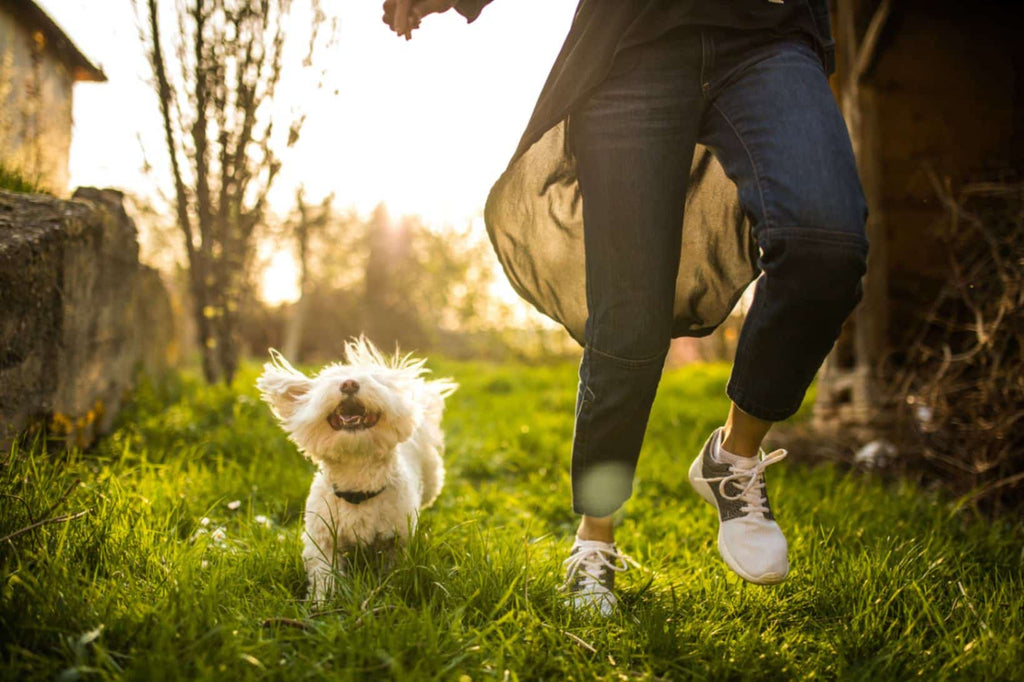
The Ultimate Guide to Canine Behavior: Understanding and Managing Your Dog’s Actions

Understanding canine behavior is essential for building a strong and healthy relationship with your dog. Dogs communicate through a variety of behaviors, body language, and vocalizations. This comprehensive guide explores the common behaviors in dogs, what they mean, and how to manage or modify them effectively. Designed to be SEO-friendly, this guide aims to provide valuable information to dog owners seeking to improve their understanding of their pets.
Section 1: Common Canine Behaviors and Their Meanings
1. Barking: Barking is one of the most common ways dogs communicate. However, excessive barking can be a sign of underlying issues.
-
Types of Barking:
- Alert Barking: Warns of intruders or unfamiliar sounds.
- Attention-Seeking Barking: Dogs bark to gain attention from their owners.
- Anxiety-Induced Barking: Separation anxiety can cause incessant barking.
- Playful Barking: Indicates excitement and eagerness to play.
-
Management Tips:
- Identify the cause of the barking.
- Provide adequate mental and physical stimulation.
- Use positive reinforcement to reward quiet behavior.
2. Chewing: Chewing is a natural behavior for dogs but can become problematic if they chew on inappropriate items.
-
Reasons for Chewing:
- Teething: Puppies chew to relieve the discomfort of teething.
- Boredom: Dogs chew to entertain themselves.
- Anxiety: Chewing can be a coping mechanism for anxiety.
-
Management Tips:
- Provide appropriate chew toys.
- Keep personal items out of reach.
- Use deterrent sprays on furniture and other items.
3. Digging: Digging is an instinctive behavior, especially in certain breeds like Terriers.
-
Reasons for Digging:
- Exploration: Dogs dig to investigate scents or objects.
- Comfort: Digging can create a cool spot to lie in hot weather.
- Escape: Dogs may dig to escape from yards or confinement.
-
Management Tips:
- Provide a designated digging area.
- Supervise outdoor time.
- Ensure the yard is secure to prevent escapes.
4. Jumping Up: Jumping up is a common behavior where dogs greet people by jumping on them.
-
Reasons for Jumping Up:
- Excitement: Dogs jump to show excitement and affection.
- Attention: Jumping can be a way to get noticed.
-
Management Tips:
- Ignore the dog when it jumps and reward it for sitting.
- Teach an alternative behavior like "sit" or "down."
- Consistently enforce boundaries with all household members.
5. Aggression: Aggression in dogs can be directed toward people, other dogs, or objects.
-
Types of Aggression:
- Fear Aggression: Dogs react aggressively out of fear.
- Territorial Aggression: Dogs protect their territory from perceived threats.
- Possessive Aggression: Dogs guard their food, toys, or other possessions.
-
Management Tips:
- Consult with a professional dog trainer or behaviorist.
- Use positive reinforcement to desensitize the dog to triggers.
- Avoid punishment, which can escalate aggression.
Section 2: Understanding Canine Body Language
1. Tail Position and Movement: The position and movement of a dog’s tail can convey a lot about its emotional state.
- Wagging Tail: Generally indicates happiness or excitement, but a stiff wag can signal alertness or agitation.
- Tucked Tail: Indicates fear, anxiety, or submission.
- Raised Tail: Shows confidence or dominance.
2. Ear Position: Dogs use their ears to express emotions and intentions.
- Forward Ears: Indicate curiosity or alertness.
- Flattened Ears: Show fear or submission.
- Relaxed Ears: Suggest the dog is calm and content.
3. Eye Contact: Eye contact and facial expressions are crucial in understanding a dog’s mood.
- Direct Stare: Can be a challenge or a sign of dominance.
- Averted Gaze: Indicates submission or discomfort.
- Soft Eyes: Suggest relaxation and friendliness.
4. Posture: A dog’s posture can reveal its intentions and emotions.
- Relaxed Posture: Indicates the dog is comfortable and at ease.
- Tense Posture: Shows the dog is alert or anxious.
- Play Bow: Indicates the dog wants to play.
Section 3: Training and Behavior Modification
1. Positive Reinforcement: Using rewards such as treats, praise, and toys to reinforce desired behaviors.
- Consistency: Be consistent with commands and rewards.
- Timing: Reward immediately after the desired behavior to reinforce the connection.
2. Clicker Training: A method that uses a clicker to mark desired behaviors followed by a reward.
- Timing: Click the moment the dog performs the desired behavior.
- Association: Follow the click with a treat to build a positive association.
3. Desensitization and Counter-Conditioning: Techniques used to reduce fear and anxiety by gradually exposing the dog to the trigger in a controlled way.
- Gradual Exposure: Slowly introduce the trigger at a distance and gradually decrease the distance over time.
- Positive Association: Pair the presence of the trigger with positive experiences like treats or play.
4. Obedience Training: Basic commands such as sit, stay, come, and heel form the foundation of good behavior.
- Repetition: Practice commands regularly to reinforce learning.
- Patience: Be patient and persistent, as training takes time.
Conclusion
Understanding canine behavior and effective training techniques is essential for a harmonious relationship with your dog. By recognizing the reasons behind your dog's actions and using positive reinforcement and behavior modification techniques, you can address and manage unwanted behaviors. Regular training, mental stimulation, and consistent routines contribute to a well-behaved and happy dog. Remember, patience and understanding are key in nurturing a strong bond with your furry friend.
FAQs:
Q: How can I stop my dog from barking excessively? A: Identify the cause of the barking and provide adequate mental and physical stimulation. Use positive reinforcement to reward quiet behavior.
Q: Why does my dog chew on everything? A: Chewing is a natural behavior. Provide appropriate chew toys and keep personal items out of reach. Use deterrent sprays if necessary.
Q: How do I train my dog to stop jumping on people? A: Ignore the dog when it jumps and reward it for sitting. Teach alternative behaviors and enforce boundaries consistently.
For more detailed information and resources, you can visit AKC, ASPCA, and Dog Behavior.





